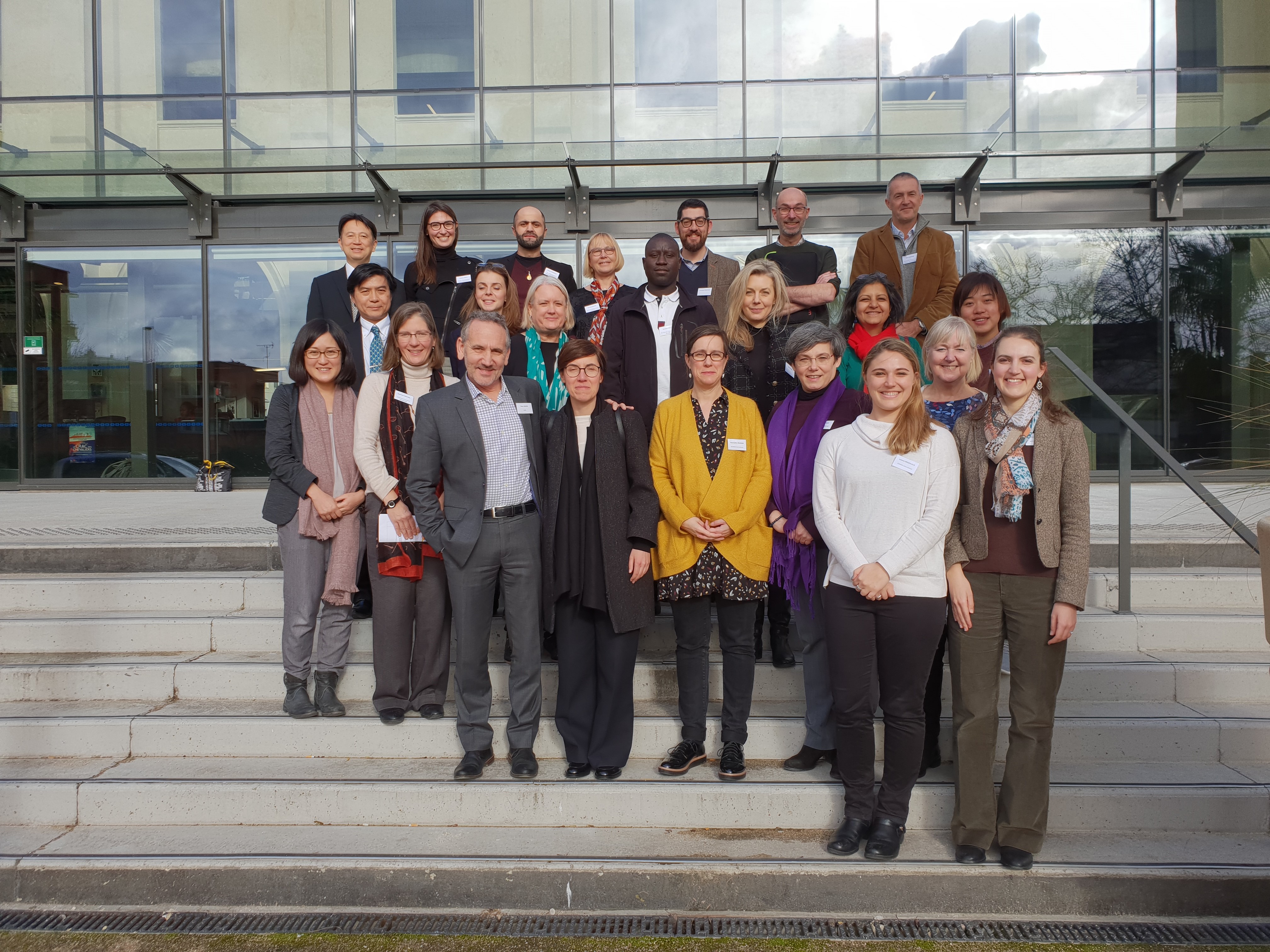

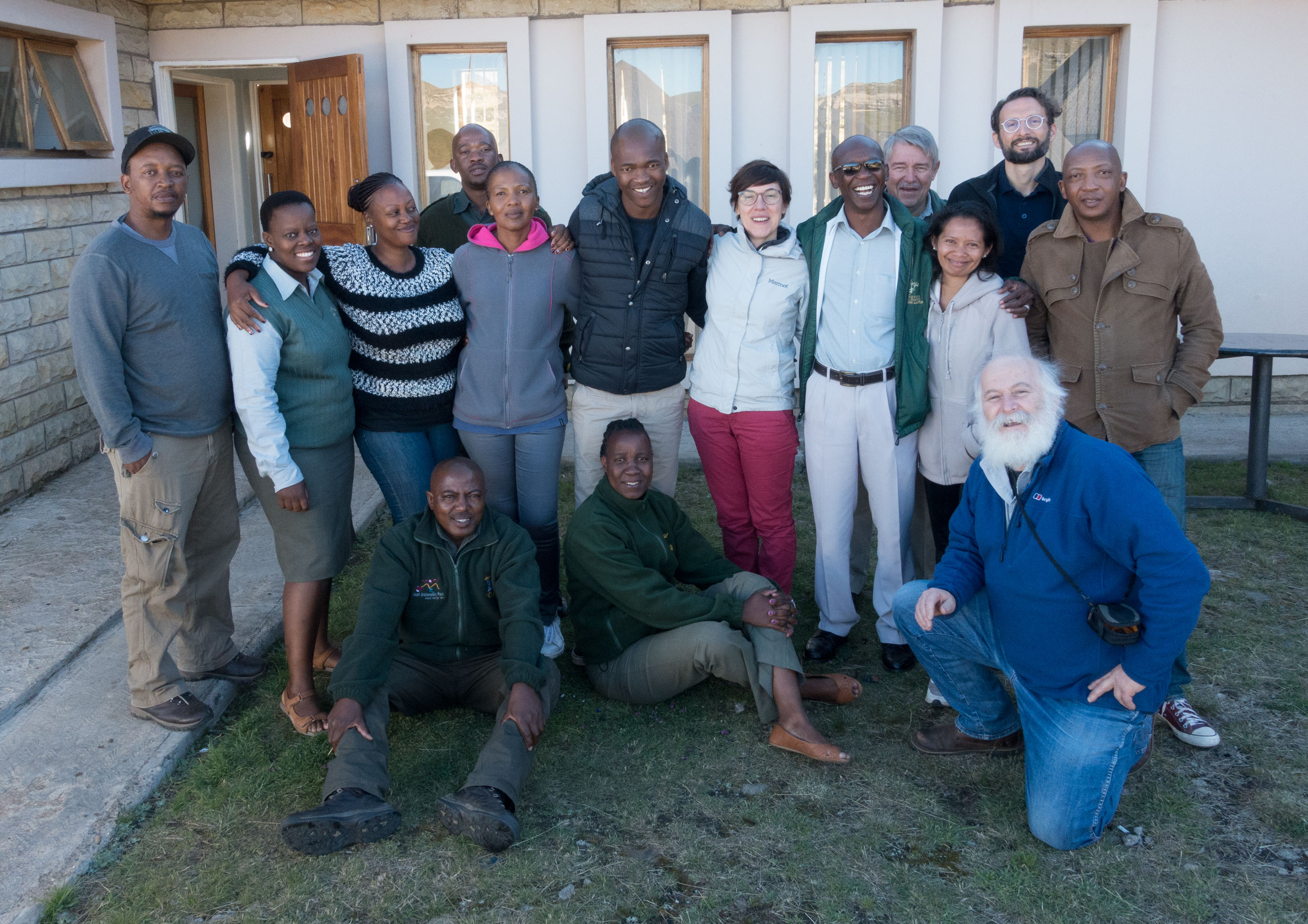
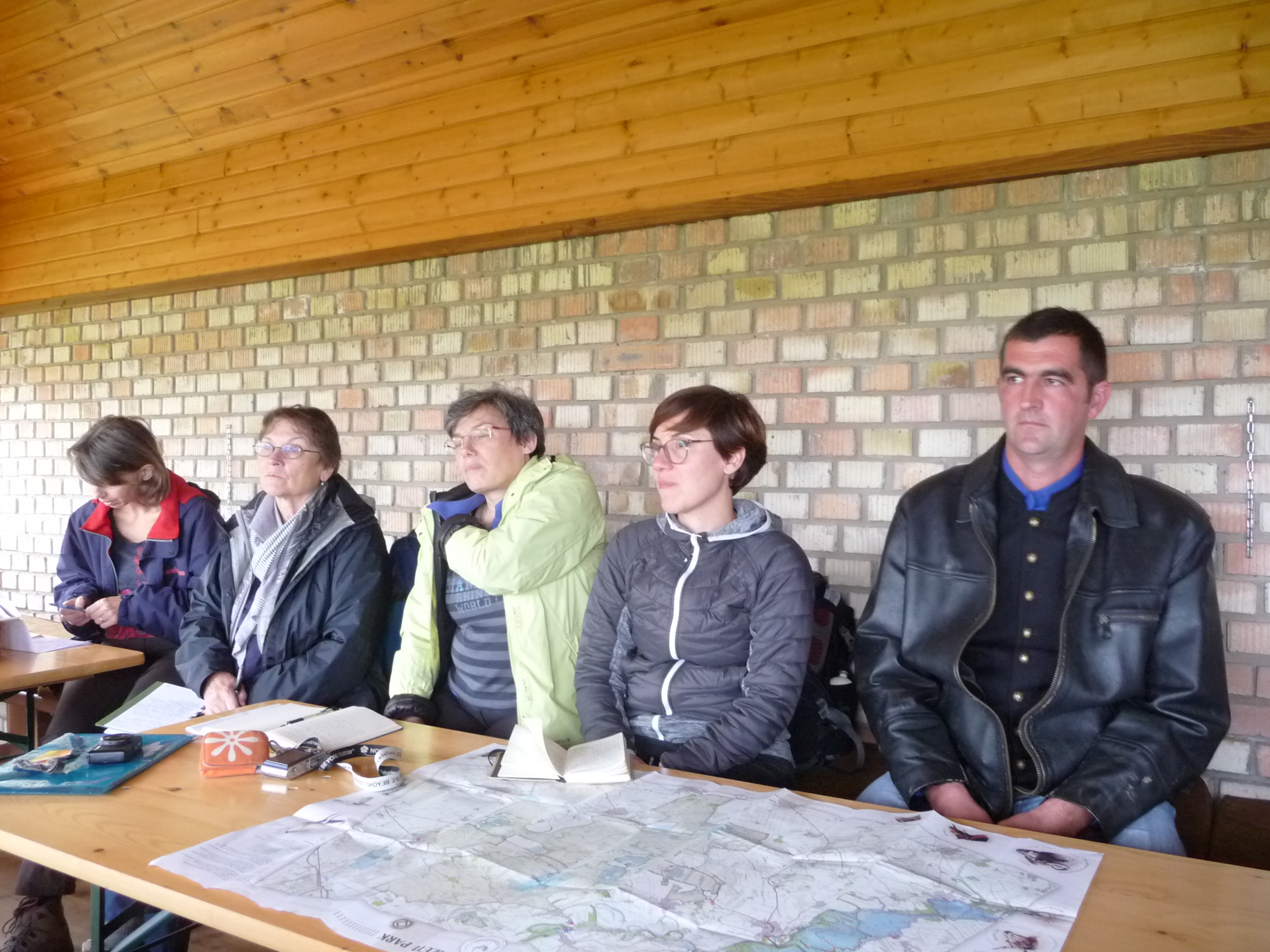
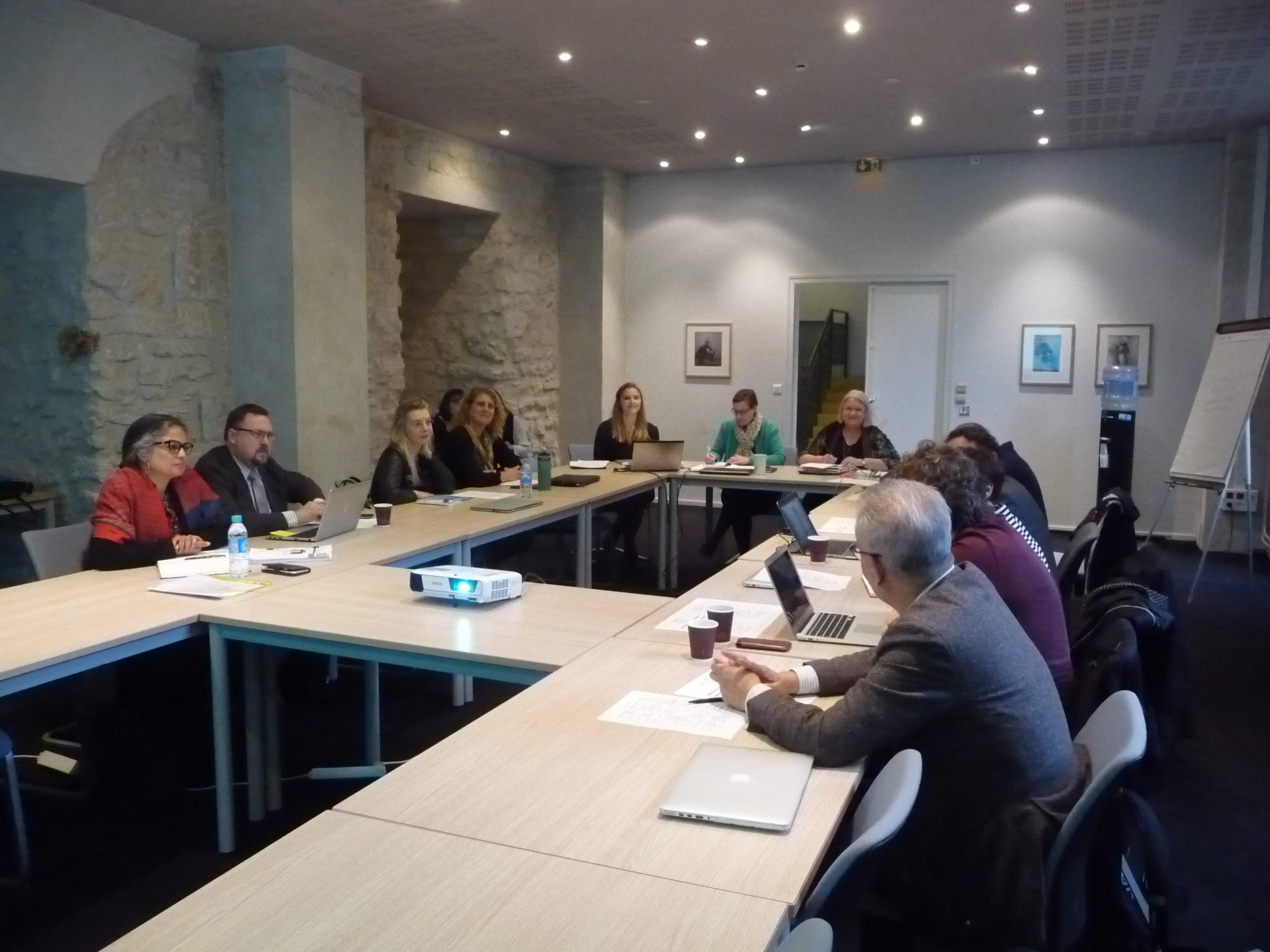
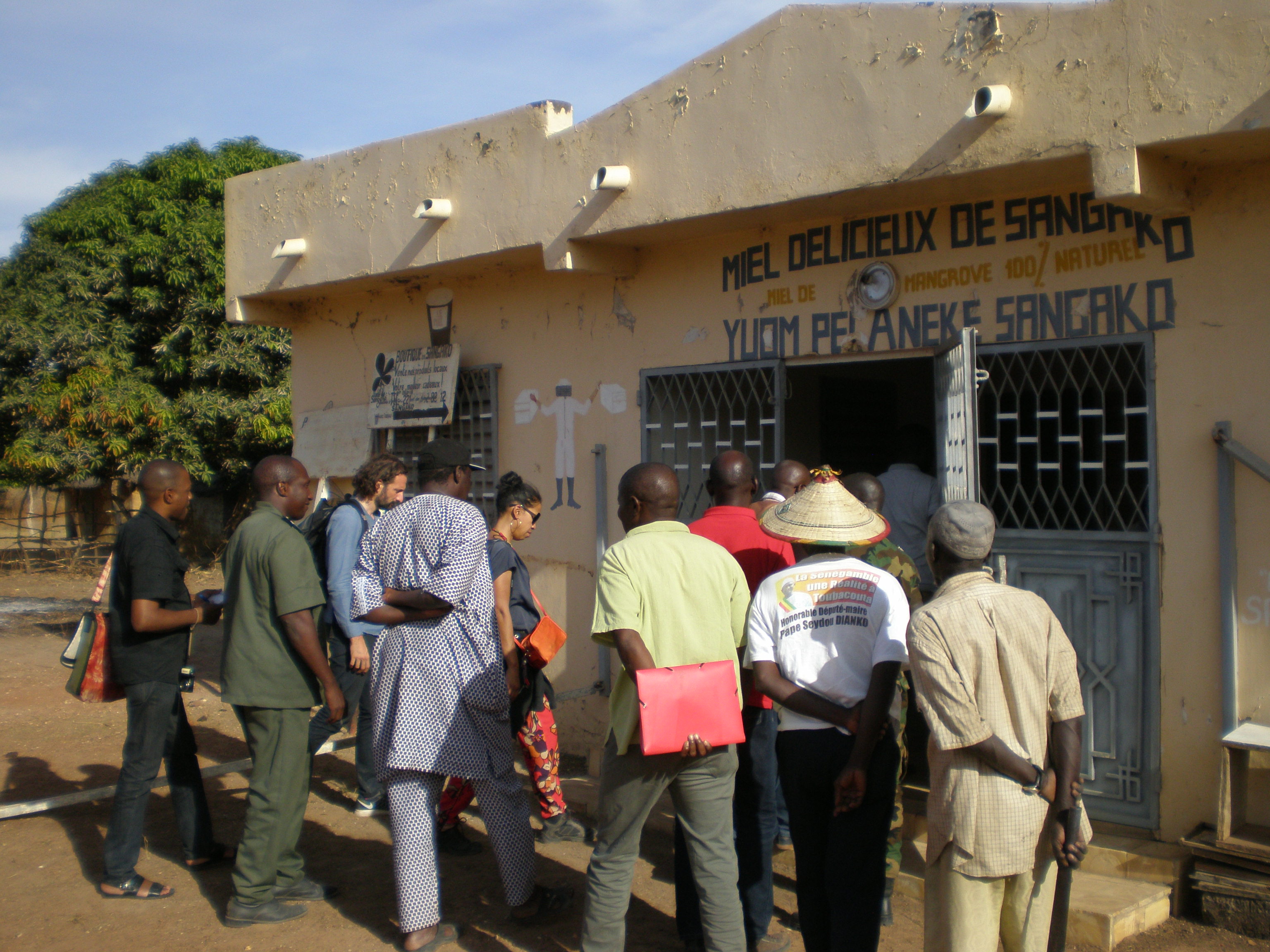
Connecting Practice is the first jointly-managed project of ICOMOS and IUCN under the World Heritage Convention, promoting collaboration for the nature/culture interconnection at an institutional level to encourage more holistic, integrated approaches to site management and understanding. The use of joint field visits was a distinct change from previous ICOMOS and IUCN missions, allowing a more experimental approach to understanding the interconnection. This involved field teams with ICOMOS and IUCN representatives, the creation of common Terms of Reference, coordinated planning and organisation of site visits, and preparing a final, combined report, resulting in improved collaboration between ICOMOS and IUCN at an institutional and local level.
Phase III involved the FAO and their Globally Important Agricultural Heritage Systems project. This created further networks and integration among international players, and allowed the exploration of potential synergies with other international designations by considering two properties which were both GIAHS and World Heritage sites. This resulted in a richer discussion and professional exchange of common conservation and management priorities and systems, challenges and potentially mutually reinforcing responses.
Ensuring open dialogue and shared information among all partners and collaborators is an essential component. In Connecting Practice, the participation and leadership of ICOMOS and IUCN, as well as the active engagement of natural and cultural international heritage networks in all aspects of the project, contributes to global heritage dialogues and helps to create operational instruments throughout professional networks and individual organisations.
Key lessons include:
1. The creation of common Terms of Reference and objectives;
2. The use of one, joint visit for all participants (including ICOMOS and IUCN representatives, local focal points, site managers, and other institutional partners);
3. The creation of a collaborative, final report to maintain a fair, equal exchange of knowledge between the nature/culture sectors and local and international colleagues;
4. Ensuring an equal mixture of diverse culture and nature expertise and participants who have accurate knowledge of WH system, including local site management.
Strengthening networks for dialogue and coordination encourages an enduring shift in thinking and lasting changes in attitude and practices, particularly in the institutional areas of ICOMOS and IUCN.